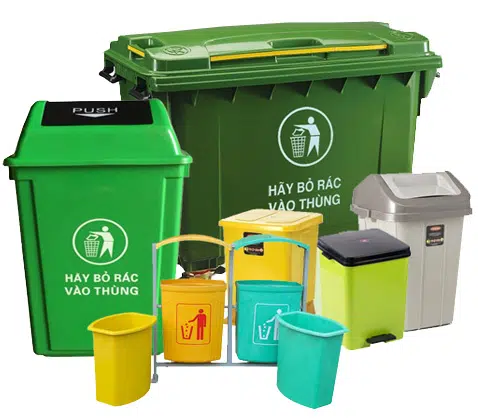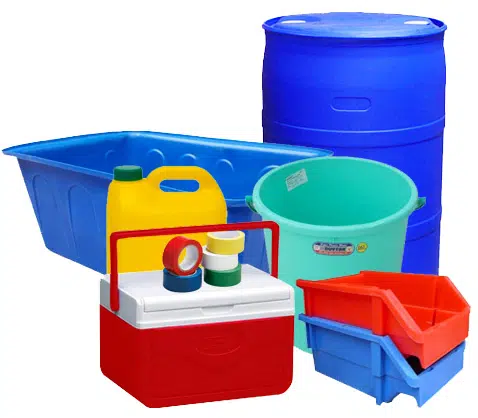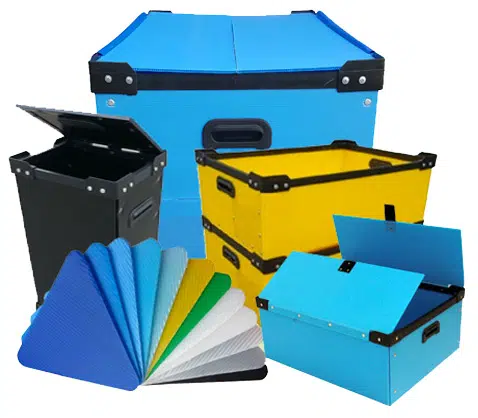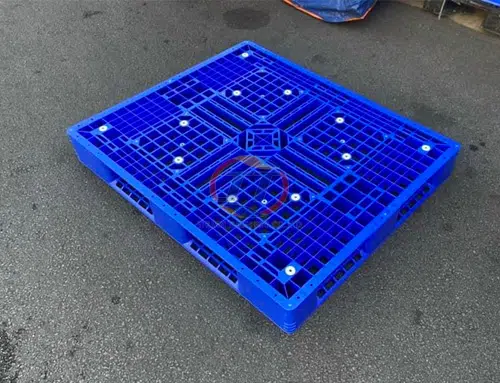In the world of packaging, no innovation has had a more profound impact than the hollow plastic container. From the milk jug in our refrigerator to the shampoo bottle in our shower, these lightweight, durable, and versatile vessels have become a ubiquitous part of modern life. They are a testament to the power of material science and manufacturing innovation, transforming the way we store, transport, and consume everything from beverages and cosmetics to industrial chemicals and household cleaners. This comprehensive article will explore the incredible journey of hollow plastic containers, examining the manufacturing processes that make them possible, their widespread applications, and the challenges and opportunities they face in a more sustainable future.
The history of the hollow plastic container is the history of blow molding, a manufacturing process that uses compressed air to inflate a heated plastic tube, or “parison,” into a hollow shape inside a mold. This process, perfected in the mid-20th century, revolutionized the packaging industry, allowing for the mass production of lightweight, shatterproof, and inexpensive containers. It offered a superior alternative to glass, which was heavy, fragile, and more costly to produce and transport.
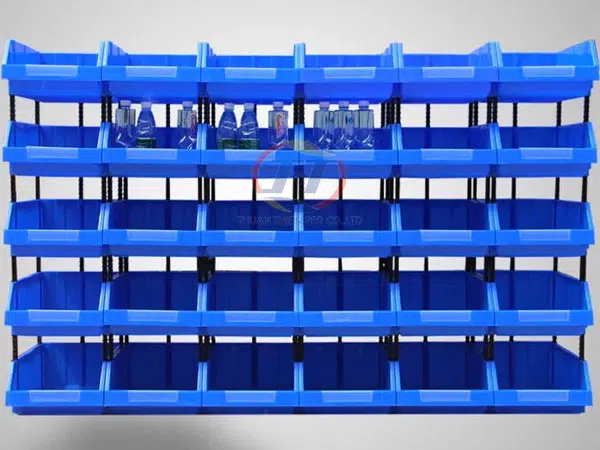
The Art of Blow Molding: How Hollow Containers Are Made
The manufacturing of hollow plastic containers is a precise and sophisticated process that requires a careful balance of heat, pressure, and material science.
Extrusion Blow Molding: This is the most common method for making hollow plastic containers. In this process, a parison is extruded from a die and is then clamped into a mold. Compressed air is injected into the parison, causing it to inflate and take the shape of the mold. This method is ideal for producing a wide range of shapes and sizes, from small bottles to large drums.
Injection Blow Molding: This process is used to create containers with a very precise neck finish, such as those used for carbonated beverages. The process begins with an injection-molded preform, which is then transferred to a blow molding station where it is heated and inflated to form the final container.
Material Science: The choice of plastic is critical to the container’s function. High-density polyethylene (HDPE) is commonly used for milk jugs and detergent bottles because of its chemical resistance and durability. Polyethylene terephthalate (PET) is the material of choice for soda bottles and water bottles because of its transparency, strength, and ability to hold carbonation.
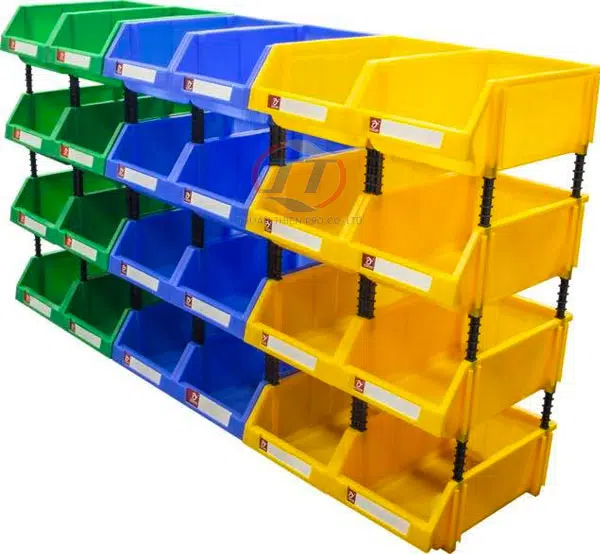
Applications Across a Global Economy
The versatility of hollow plastic containers has allowed them to penetrate almost every industry.
Food and Beverage: The food and beverage industry is one of the largest consumers of hollow plastic containers. Plastic bottles, jugs, and jars are used for everything from water and soda to juices, cooking oils, and condiments. Their light weight reduces transportation costs and their shatterproof nature makes them safer for consumers.
Household and Personal Care: The vast majority of household cleaners, cosmetics, and personal care products are sold in hollow plastic containers. The design flexibility of these containers allows companies to create unique and visually appealing packaging that stands out on store shelves.
Industrial and Chemical: Large hollow plastic containers, such as drums and barrels, are used to safely transport and store a wide range of industrial chemicals. Their durability and resistance to a variety of substances make them a reliable choice for these hazardous materials.
The Path to a Sustainable Future
While hollow plastic containers have revolutionized packaging, their widespread use has also created a significant environmental challenge. The industry is now focused on finding sustainable solutions to this problem.
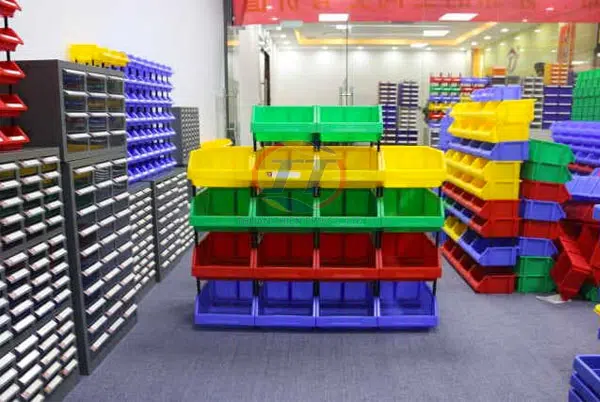
Recyclability and Recycled Content: Many hollow plastic containers are now designed to be fully recyclable, and companies are increasingly incorporating recycled plastic into their new products. This helps to reduce the demand for virgin plastic and divert waste from landfills.
Biodegradable and Bio-based Plastics: The development of new biodegradable and bio-based plastics offers a potential solution for the future. These materials can be made from renewable resources and are designed to break down more quickly in the environment, reducing their long-term impact.
In conclusion, the hollow plastic container is an incredible innovation that has changed the way we live. Its light weight, durability, and versatility have made it a cornerstone of the modern packaging industry. As we move towards a more sustainable future, the focus will be on harnessing the power of new materials and recycling technologies to ensure that these indispensable containers continue to serve us without harming the planet.

